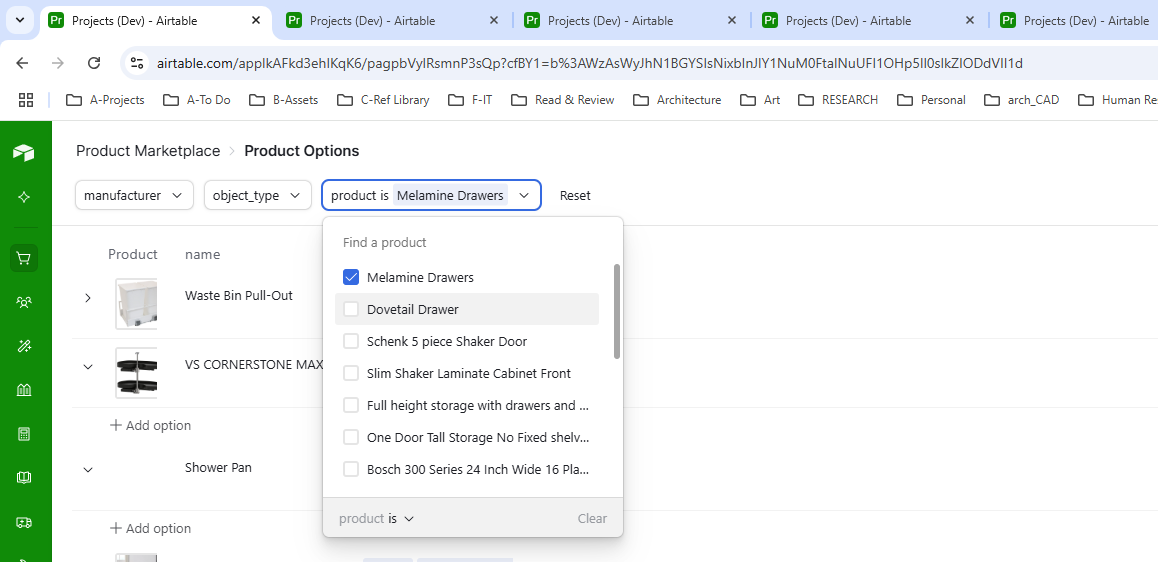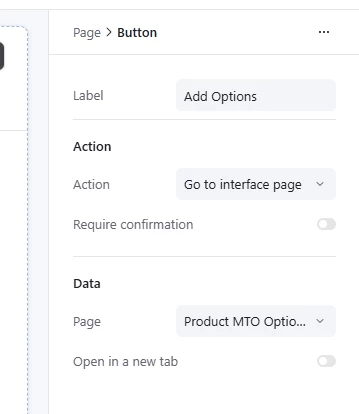I am trying to set up specific filters after a user clicks a button to visit an interface page. It seems that there is no native way to do this given the options airtable gives you,. It also seems like there is no way to add url parameters to an http address but I thought it might be possible to just do this using url parameters and a http page.
Maybe there is a way to do this with a script? I’d have to figure out what the parameter values for the filter are, and then also have some way to redirect to a new page which might not be possible in the airtable scripting environment.




